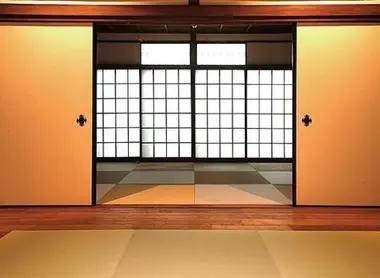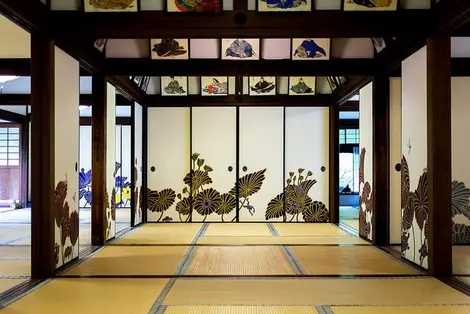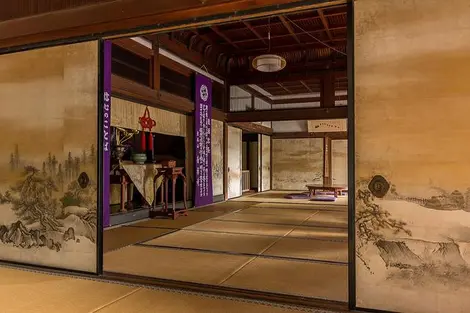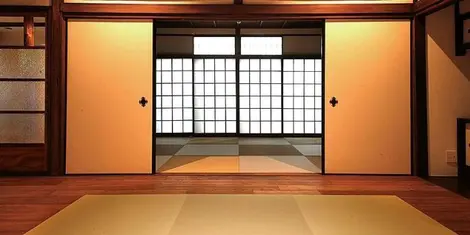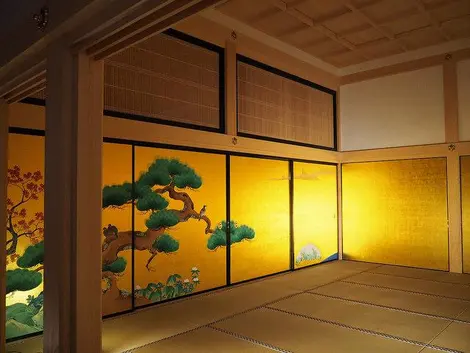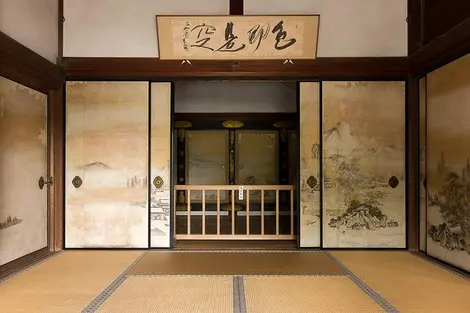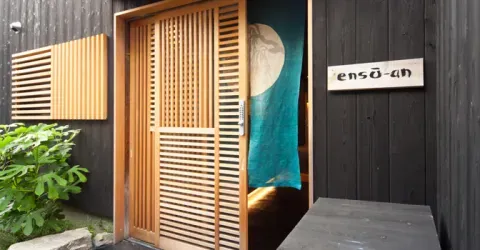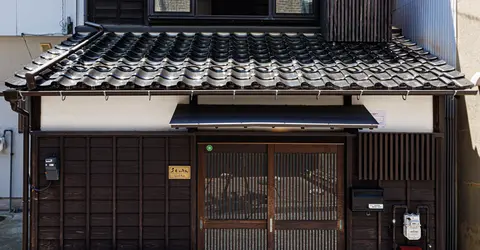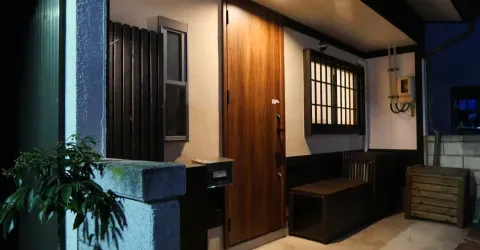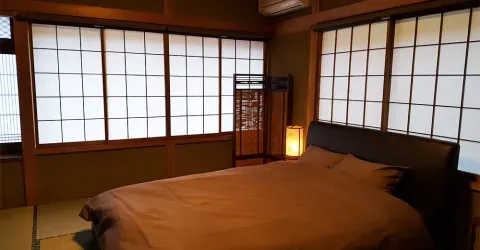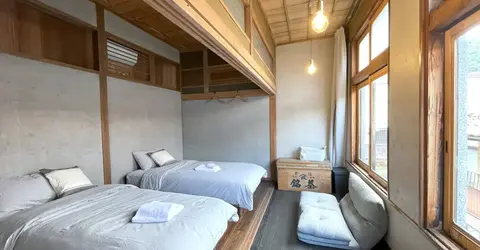Fusuma: traditional Japanese sliding partitions
- Published on : 02/06/2024
- by : K.C.
- Youtube
Fusuma are opaque sliding walls used in traditional Japanese homes to redefine the space of a room or serve as a door. A key element of Japanese interior architecture, they combine functionality and aesthetics. True works of art, fusuma grace interiors from the most modest to the most majestic. Let's discover their history, their characteristics and their place in Japanese art, a heritage that continues to this day.
Origins and history of fusuma in Japanese architecture
Fusuma date back to the Heian period (794-1185). Originally called fusuma-shōji, they were used to temporarily isolate certain spaces in the homes of nobles, which then consisted of a single large room. The panels were stretched with fabric or thick paper.
It was during the Kamakura period (1185-1333) that the term fusuma took on its current meaning, designating opaque panels as opposed to translucent shōji. As their use became more widespread, they became essential elements for structuring space and preserving privacy, while also adding a decorative touch.
Characteristics and dimensions of fusuma panels
Fusuma panels are traditionally 91.5 cm wide and 183 cm high, similar in size to tatami mats. Today, they are often 190 cm high, as the Japanese are taller than they were in the Heian era.
Comprising a wooden frame covered on both sides with cloth and paper, fusuma slide on recessed rails: the kamoi at the top and the shikii at the bottom. A small handle makes them easy to handle. Thicker than shōji, they offer sound and heat insulation.
Fusuma vs. Shoji: what are the differences between these two types of partition?
While fusuma are opaque panels used as interior partitions and doors, shōji are translucent. Made of a wooden frame covered with washi paper, they let light through. They are found in facades to bring light and softness, while preserving privacy.
Complementary, fusuma and shōji are emblematic objects of the traditional Japanese home. Combining them allows you to subtly play with the brightness and organization of space, according to your desires and the seasons.
Fusuma as a support for decorative painting
Beyond their practical function, fusuma have become a favorite medium for Japanese artists over the centuries. The ornamental paintings that adorned them, known as shōhekiga, reflected the power and wealth of their patrons, shoguns and lords.
Great names such as Kanō Eitoku and Hasegawa Tōhaku created magnificent decorations, which can be seen at Kyoto's Nijō Castle. Landscapes, animals, plants, scenes from daily life or mythology are displayed with grace and poetry. Gold and silver tones dominate in princely residences, while temples opt for more sober cameos.
Composition and craftsmanship of fusuma in Japan
Making a fusuma requires great craftsmanship. The wooden structure is made up of lattices, on which several layers of washi paper are stretched. The fusuma paper, made from mulberry fibers, covers both sides.
Embroidered, painted or lacquered, this paper can be plain or patterned. The frame is often made of cypress or pine, stained dark or left natural to reveal the beauty of the veining. Fusuma production is passed down from generation to generation in regions such as Kyoto, the guardian of ancestral techniques.
Tips and ideas for integrating fusuma into contemporary interiors
Combining functionality and timeless aesthetics, fusuma still appeal to architects and private individuals today. In a contemporary interior, they add an elegant, Zen-like Japanese touch. Choose soft, plain tones for a soothing ambience, or dare to use a graphic motif for a touch of originality.
Placed in a row, fusuma structure the space by creating a fluid flow. They cleverly conceal cupboards, a bathroom or an office area. In an uncluttered room, let them unfold like a true work of art, inviting contemplation. A few natural touches, such as plants, wood or bamboo, will complete this Japanese decor.
Where can I find genuine fusuma made in the traditional way?
Dreaming of integrating real fusuma into your home? There are a number of places where you can buy fusuma made according to ancestral techniques. In Kyoto, cradle of traditional arts, craftsmen perpetuate this exceptional know-how from generation to generation.
In Japan or online, retailers such as Shoji Menuiserie offer a selection of authentic fusuma to suit Western interiors. During a stay in the Land of the Rising Sun, a visit to a minka, or traditional peasant house, will immerse you in the unique atmosphere of Japanese interiors, where fusuma reign supreme. Get inspired to recreate this atmosphere in your own home!


